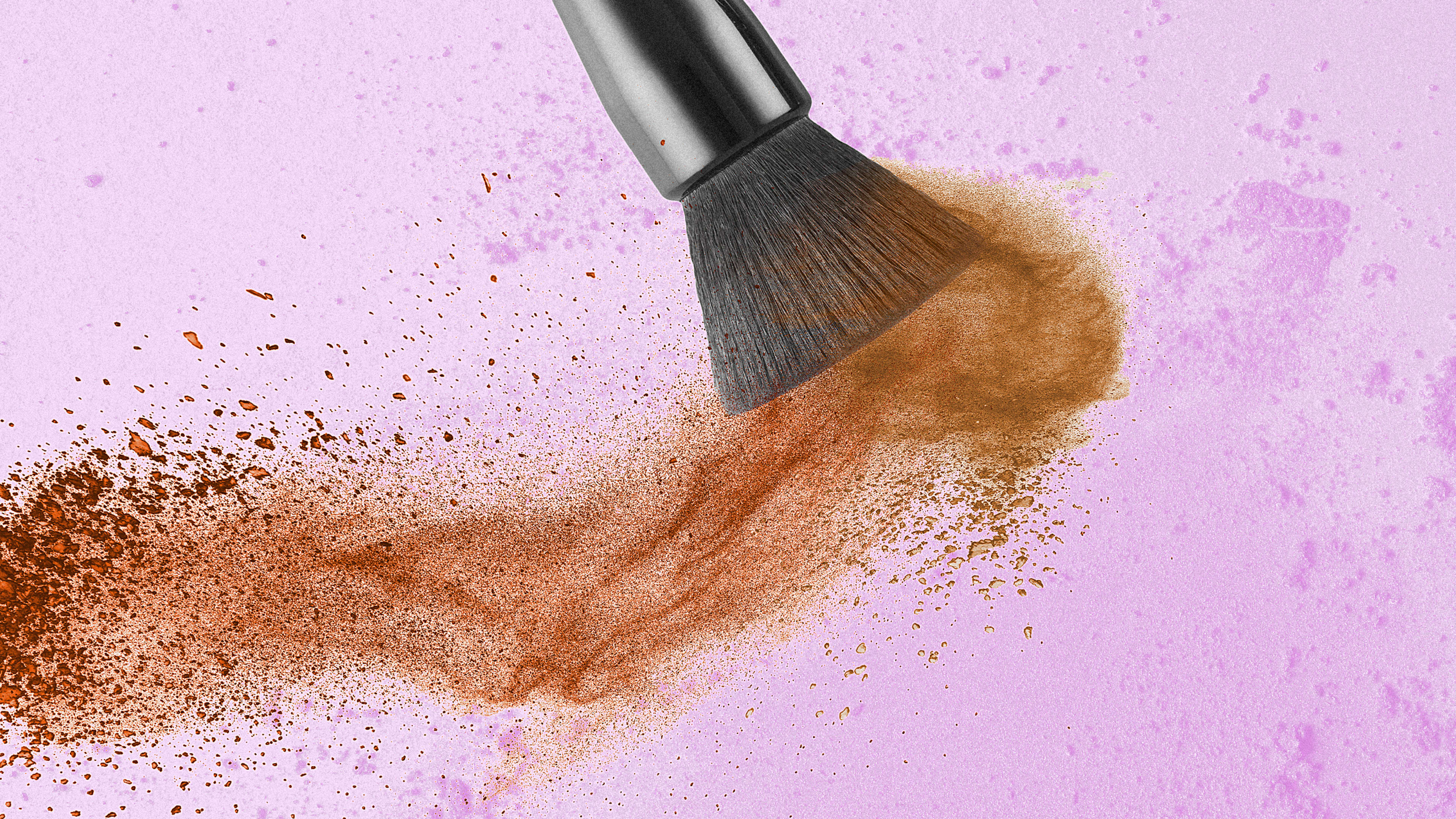Over the summer, in the wake of the police killing of George Floyd, millions of people protested in cities across the country, demanding police reform and more accountability. Companies scrambled to reframe their work and put out statements that kept pace with public sentiment.
The beauty industry was no exception. Over the past three years, dark skin tones have appeared in only 13% of 70 top beauty brands’ Instagram images featuring portraits of faces. But between May and July, there was a 122% spike in these images. Was it a permanent transformation or a blip? A new study suggests the latter. By September, brands had reverted to their previous mix of models, the majority of whom have light skin tones.
These findings come from Eyecue Insights, an AI-powered social media analytics platform, which just released a report on the state of visual diversity and inclusion in the beauty sector. Since 2018, Eyecue has used image recognition technology to analyze more than 150,000 images featuring a human subject from 70 beauty brands’ Instagram accounts. When skin tone is detected, it scans the pixels and an algorithm categorizes it as one of six shades based on the Fitzpatrick scale, with one being the lightest and six being the darkest. Eyecue sells its analytics data to beauty brands that want a better understanding of what images are engaging users and driving sales.

Over the last few years, the beauty industry has seen a push for more inclusivity and diversity. Eyecue’s research finds that some brands are better than others. The Lip Bar, Fenty Beauty, and Tom Ford Beauty, for instance, feature dark skin tones in a quarter or more of their images. Some of the biggest brands on the market, including Covergirl, Dove, L’Oréal, Ulta, and Sephora, have dark skin tones in a fifth or more of their images. But there are many brands on the other end of the spectrum, which rarely feature images of people of color, such as Bourjois, Caudalie, Clarins USA, Max Factor, and Tata Harper, all of which have less than 7% of their posts featuring models with dark skin tones.
A complicating factor is that companies increasingly rely on influencers for their social media content, but many brands tend not to feature creators with dark skin tones. “There is plenty of content out there from dark-skinned influencers and users, but they are just not considering it,” Bañales says. “If they want to be more diverse, they need to work with these creatives of color.”
Before this summer, the social media posts of all 70 beauty brands in the report featured the two darkest skin tones in only 13% of images. Meanwhile, the two lightest skin tones appear in 48% of their images. However, in June 2020, at the height of the protests, dark skin tones appeared in nearly a quarter of all beauty brand images. By July, this had dropped to 20%, and by August, it was 16%. Now, the majority of beauty brands have gone back to their pre-BLM norms.
This wasn’t true across the board. Some of the biggest players in the industry, such as Kylie Cosmetics, Lancôme, Urban Decay, Bobbi Brown, MAC, and Estée Lauder, have continued using more diverse models. But Eyecue also lists brands that had the largest dip in diverse content between June and September, including Dior, Credo, Ipsy, Smashbox, Lush, and Bite Beauty.
In the midst of the racial justice uprisings over the summer, many brands were accused of taking only performative action. Brands such as Glossier, Everlane, and Reformation were criticized by employees and customers for superficially supporting the BLM movement in Instagram posts, without actually becoming more inclusive toward the Black community. This study confirms that there was some truth to that, at least within the beauty industry.
Recognize your brand’s excellence by applying to this year’s Brands That Matter Awards before the early-rate deadline, May 3.
